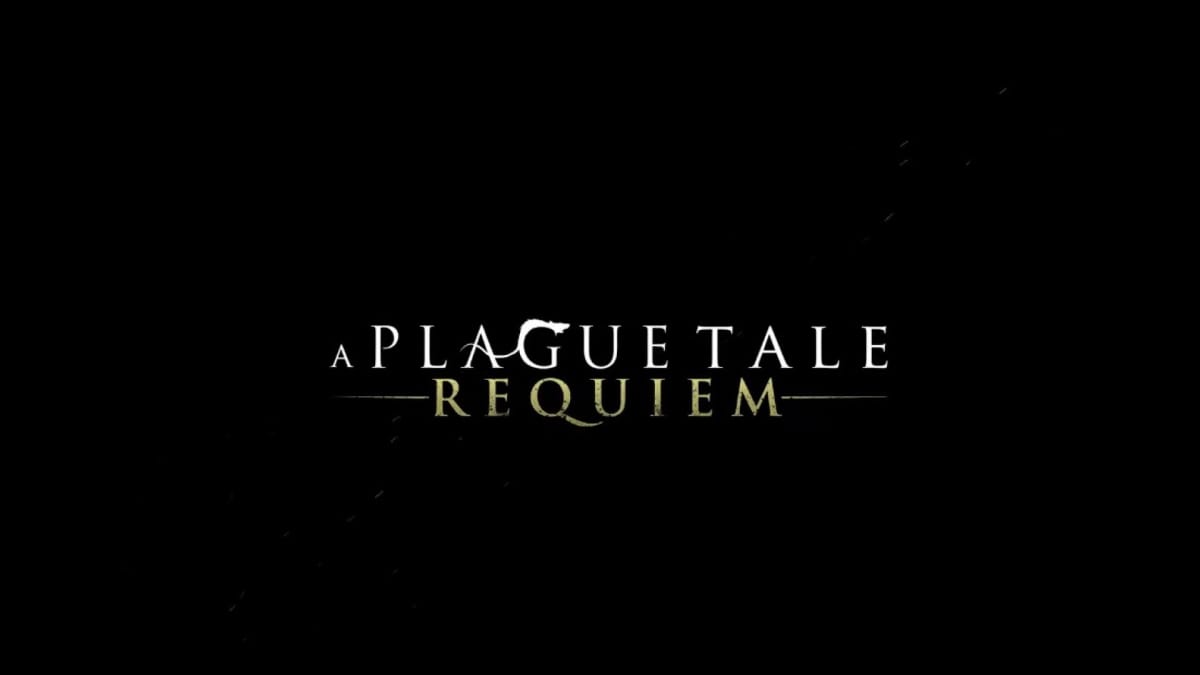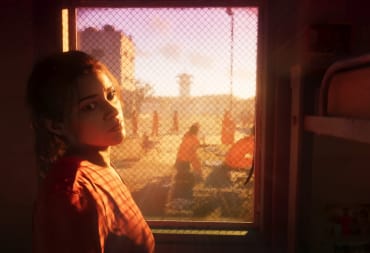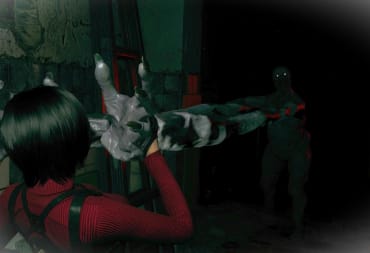A Plague Tale: Innocence launched to positive critical reception in 2019, though it wasn't an instant hit. Without the same marketing push as AAA titles or the immediate hooks of being a unique or established indie game serving a niche, it took time for word of mouth to spread. Today, it enjoys a healthy fanbase, one which eagerly awaits its 2022 sequel. While many consider the first entry woefully underrepresented in the mainstream, A Plague Tale: Requiem is in position to establish Asobo's property with more confidence. With a larger set of eyes on the new title, addressing Innocence's major faults can lead to vital franchise growth.
Where A Plague Tale: Requiem Should Start
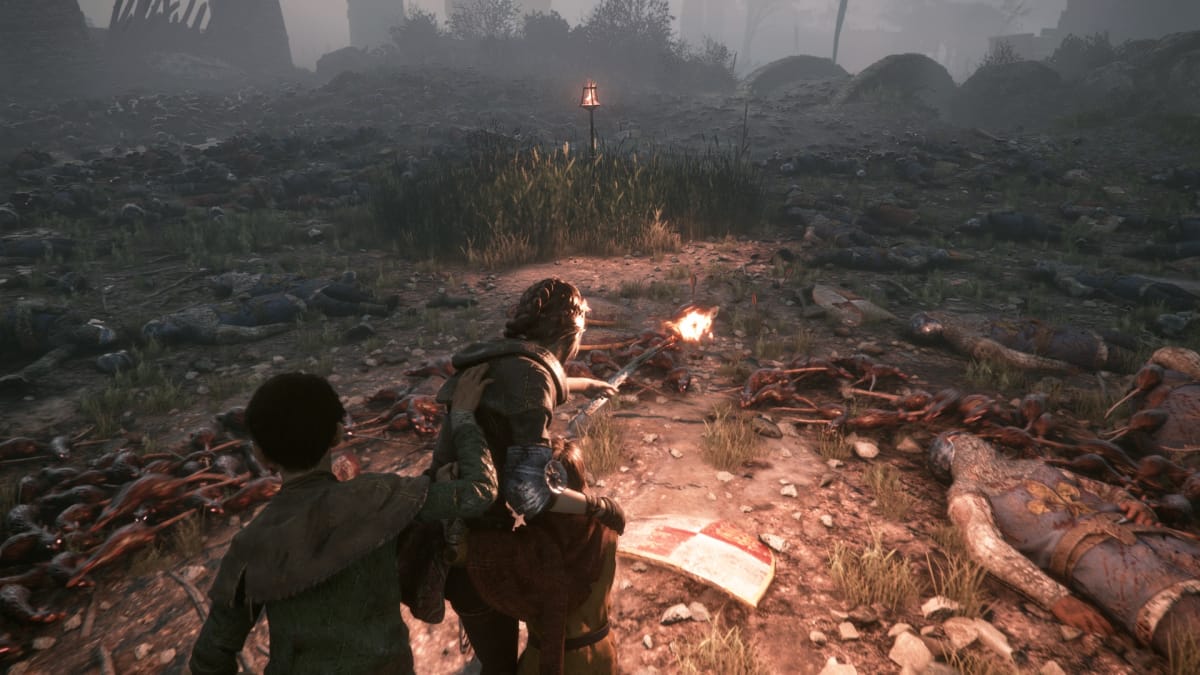
Reaching definitive sequel status is often a result of refinement. When a game has a solid foundation to build off of, nobody is asking for reinvention. A Plague Tale: Requiem can be more of A Plague Tale: Innocence with its kinks ironed out. Its heart was in the right place, capturing the audience seeking a narrative-driven experience with its own take on the established stealth genre, using its setting to provide distinct gameplay opportunities. Stealth games often settle into the high-tech realm with fancy gadgets and/or supernatural powers combining with the technology. Given its restraints, the team found a solid foothold into the genre. This is more significant when taking their history into account.
Through most of Asobo Studio's history, they've contributed to the development of licensed children's games such as Disneyland Adventures, Up, and Ratatouille or ports of games to other platforms. In cases whereby their portfolio included more significant works such as Quantum Break, they helped out with the technology. A Plague Tale: Innocence was one of Asobo's first original works as the core development team (the first being 2009's Fuel). Despite existing since 2002, contributing to the development and technology of another company's game is a completely different process from creating one's own project.
As new territory, many of A Plague Tale: Innocence's fumbles are reasonable. Now that they're comfortable with this kind of experience, the team is able to double down on the concepts they introduced; level design being a major sticking point. It's a mediocre stealth game for several hours until the experience expands. The first half is linear and scripted to the point it feels automated. The first several chapters have very specific routes and actions to take for success. Any deviations from these strict paths lead to instant death. The second half opens up. With more tools under Amicia's belt in addition to more complex environments, the latter portions offer more options. Stealth games are at their most satisfying when they offer choice. When agency is removed from the equation, it feels like going through the motions, inducing frustration when the player died because they didn't go through the encounter the way the designers intended. With more complex level design, A Plague Tale: Requiem can provide the sort of agency that would enhance players' connection to the overall experience.
There's also the matter of its binary stealth mechanics. Amicia has a wide range of tools, but being caught leads to instant death. This is the sort of design the genre left behind in the early 2000s. There's a reason Splinter Cell: Chaos Theory is more fondly remembered than the original Splinter Cell, which lead to instant mission failure if a body was found. Given the characters and events that took place, Amicia and Hugo should be more resilient in A Plague Tale: Requiem. This doesn't have to translate to making combat a bigger focus. Improving the stealth experience is as simple as giving Amicia and Hugo a health bar. Perhaps they take two or three hits before dying. Their fragility made sense within the original plot's scope. Given the events that have transpired, however, they would be more capable in stressful and terrifying situations. Hit boxes also need to be adjusted. It isn't uncommon to see a death animation after the AI teleports a few feet just as the player was nearly over a ledge or opening a door. Instant death upon being within the vicinity of an enemy makes stealth more infuriating than tense.
The Most Important Area of Concern
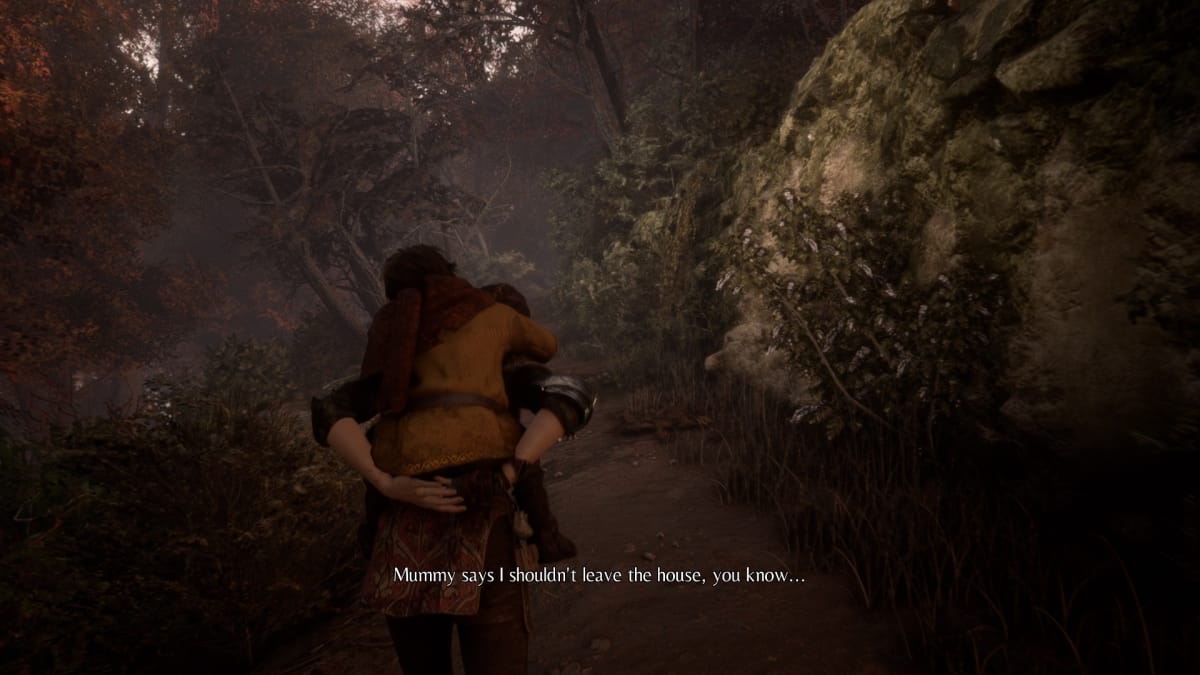
The aforementioned improvements to the existing formula will result in a sequel that will keep hardcore fans of the original satisfied. However, in order to win over the less devoted, something needs to be done about its in-game character interactions. A Plague Tale: Innocence took clear inspirations from games like The Last of Us with its genre, companion characters, and prioritization of story over gameplay. Inspirations are just that: inspirations. Without understanding a concept's underlying strengths, replicating ideas from other games results in pale imitations.
In Asobo Studio's case, they didn't understand the subtlety that made The Last of Us special. Most of its most poignant moments occur during gameplay, whether it's a one-off remark or a player-initiated contextual conversation. In one moment, after being ambushed, Ellie asks Joel how he knew about the setup. Joel begrudgingly answers, "I've been on both sides." It's an exchange that lasts seconds but says so much of Joel's history and the shame he feels over his past.
A Plague Tale: Innocence does feature bits of character interactions that broaden the audience's understanding of a character, though to a lesser degree. Much of this comes from Hugo, Amicia's sick brother. His remarks during gameplay encapsulate his childlike immaturity as well as the ignorance he's faced being confined to his home most of his life. One of the game's strongest moments involves the pig in Laurentius' farm. The inquisition comes into Amicia's home, looking for Hugo, killing nearly everyone in the estate in the process. Amicia's mother tells her to take Hugo to see Laurentius, the alchemist that's been working on a means of slowing down Hugos' illness.
After a series of events, rats show up in a barn, hiding the entrance to Laurentius' lab. Amicia and Lucus, Laurentius' apprentice, decide to drag a bag of food toward the barn. The pig follows them, nibbling the bits and pieces that drip from the bag. Hugo's innocent, "Are we going to feed him?" is met with Amicia's reluctant response of, "You could say that." The excitement exhibited by Hugo as he says, "Yes! Dinner time piggy! Yum yum!" is met with disdain as he sees the pig torn apart by rats. His attitude toward Amicia says everything about his respect for all life, regardless of the circumstances. It's a powerful moment, one which the game doesn't lean into often.
Hugo forgives Amicia too quickly, making the experience feel like a flash in the pan. There are other moments of strife between the siblings, but they're resolved almost as soon as they're introduced. The readiness with which the script introduces and drops conflicts or vital character-building moments is disappointing, but there are bigger fish to fry.
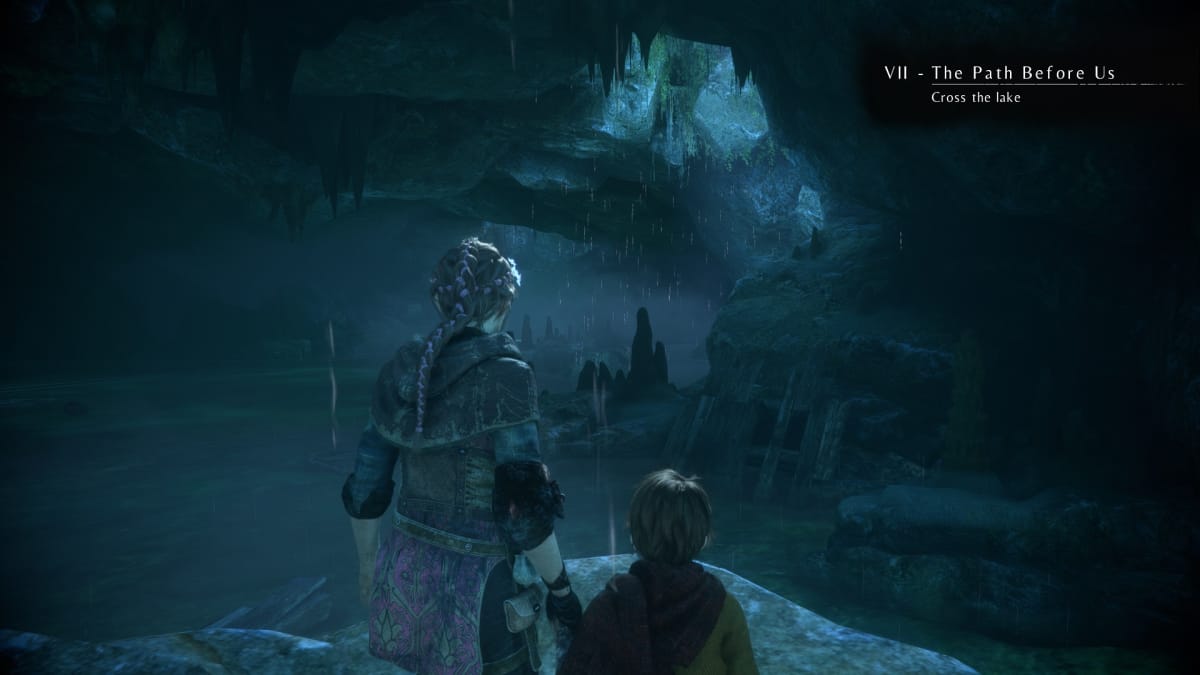
This lack of permanence and follow through is exacerbated by a general lack of meaningful dialogue. Interactions like that pig scene are few and far between. Characters talk to each other a fair bit, but the stuff they're saying doesn't add anything to the experience. More often than not, in-game dialogue acts as signposting. Amicia tells someone to open that door. Someone makes a remark about how the windmill is far away. Another character says, "We need to do something about those rats." A person tells Amicia what an object they're meant to interact with will do. Too much of the in-game interactions fall into this camp, leading to a lopsided narrative experience with a meandering plot that isn't even offset by its characters because they so rarely add meaning to conversations.
This is A Plague Tale: Innocence's biggest sin. While gameplay is often restrictive, it's clear Asobo was propping its narrative as the driving force behind the experience. Very little happens in the main plot, leaving the characters to pick up the slack. It's a shame it doesn't work out that way, though.
A Plague Tale: Requiem Inches Closer
A Plague Tale: Requiem, as a sequel to a game developed by a studio in fresh territory, has plenty of scope for growth. More expansive level design and more robust gameplay options would be welcome refinements. With this kind of experience, though, narrative trumps all. If it can tell a better story that makes more effective use of the medium's interactivity, A Plague Tale: Requiem is poised to catapult the property into the position devoted fans of the original were hoping for.
Have a tip, or want to point out something we missed? Leave a Comment or e-mail us at tips@techraptor.net
